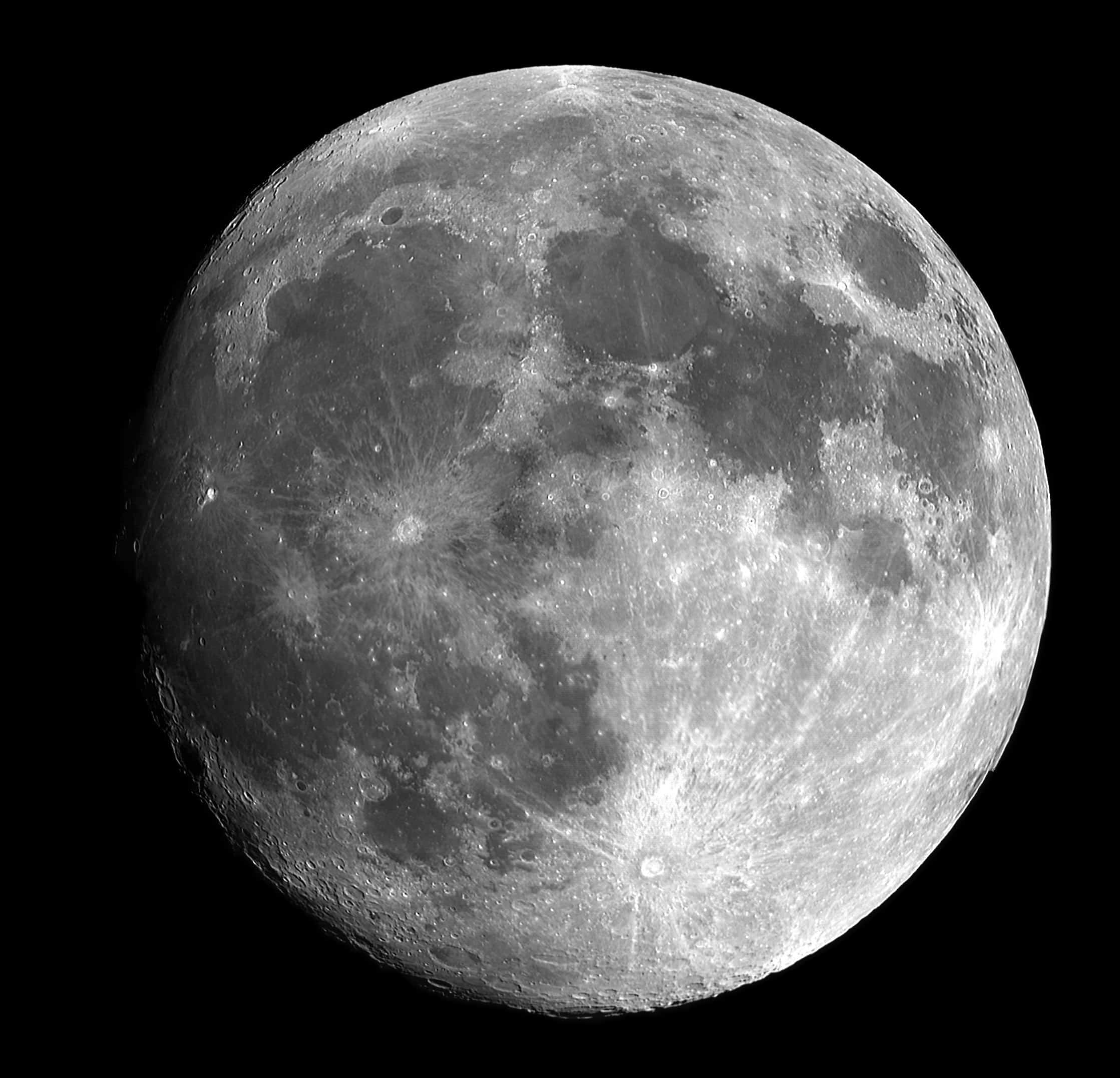The process could also be potentially autonomous, with no human crew required for its operation
Chinese researchers from the University of Science and Technology of China, Nanjing University, and the China Academy of Space Technology discovered that it can be used to kickstart the electrocatalytic CO2 conversion process for fuel and oxygen production. They claim to have successfully converted actual lunar “regolith” samples into a source of oxygen and rocket fuel, which could be revolutionary for future space travellers looking to utilise an alternative resource to refuel for their return trip. Since the first human step on the moon, creating a lunar settlement has been the ultimate goal of lunar exploration. However, the lack of fuel or oxygen to support human habitation on the moon has always hindered this dream.


As described in the paper published in the National Science Review, the researchers discovered that the lunar soil samples could be used to transform carbon dioxide and water from astronauts’ bodies and the environment into methane and oxygen.
This process can even be completed using uncrewed equipment, in the absence of astronauts, according to the report, which builds on earlier research that suggests lunar soil may produce oxygen and fuel: The artificial generation of hydrocarbon fuels and oxygen utilising carbon dioxide and water as the feedstocks has been shown to be achievable on Earth and is acknowledged as a potential technique to be mimicked in extraterrestrial locales by combining photovoltaic and electrocatalysis. The moon’s surface possesses significant stores of both water and carbon dioxide, which has been found via the advancements in moon exploration and further supports the viability of the concept.
The scientists conducted an experiment using materials from China’s Chang’e-5 mission, which touched down in Inner Mongolia in December 2020 and brought back lunar dirt for the first time since 1976.
The lunar soil was used to electrocatalytically convert CO2 and produced a substantial amount of methane since it was rich in Cu species. Additionally, the chosen component in Cu-loaded lunar soil may produce CH4 at a rate of 0.8 mL/min and O2 at a rate of 2.3 mL/min at 600 mA/cm2.
Lead author Yujie Xiong said in a new statement about the work: “In situ resource utilization of lunar soil to achieve extraterrestrial fuel and oxygen production is vital for the human to carry out Moon exploitation missions,” It would be ideal to run such an electrocatalytic CO2 conversion by a robotic system given the limited labour conditions in extraterrestrial sites like the moon. In this regard, the study team created a robotic system that was able to control the entire procedure, from catalyst preparation through the installation of an electrocatalytic system.
This suggests that we may have a far higher chance of conducting prolonged lunar surface expeditions in the near future. The electrocatalytic conversion of carbon dioxide into methane and oxygen was made possible by the Moon soil, which successfully served as a catalyst towards this discovery.
The researchers concluded in their paper that while no discernible difference between the manned and unmanned systems can be seen, this indicates a high likelihood that our suggested system will be replicated in extraterrestrial locations and establishes the viability of further improving catalyst formulations on the Moon.
However, there’s still a significant impediment to get over: Liquifying carbon dioxide is extremely difficult given the Moon’s icy atmosphere because doing so requires a lot of heat, an article from the New Scientist said, earlier this year
What is Regolith?
Regolith is a layer of loose, heterogeneous, unconsolidated surface deposits that covers solid rock found commonly on Earth, the Moon, Mars, certain asteroids, and other terrestrial planets and moons and consists of dust, fractured rocks, and other planetary objects.
The majority of the lunar surface is covered in the regolith, with only extremely steep crater walls and the occasional lava channel exposing the bedrock. This regolith was created over the course of 4.6 billion years by the collision of large and small meteoroids, the constant shower of micrometeoroids, and the breakdown of surface rocks by charged solar and galactic particles. Rock erosion can produce regolith, which can cause crust buildup around the lunar rocks.
Read more : The recent successful discovery of lunar minerals: China to send more missions to the…













